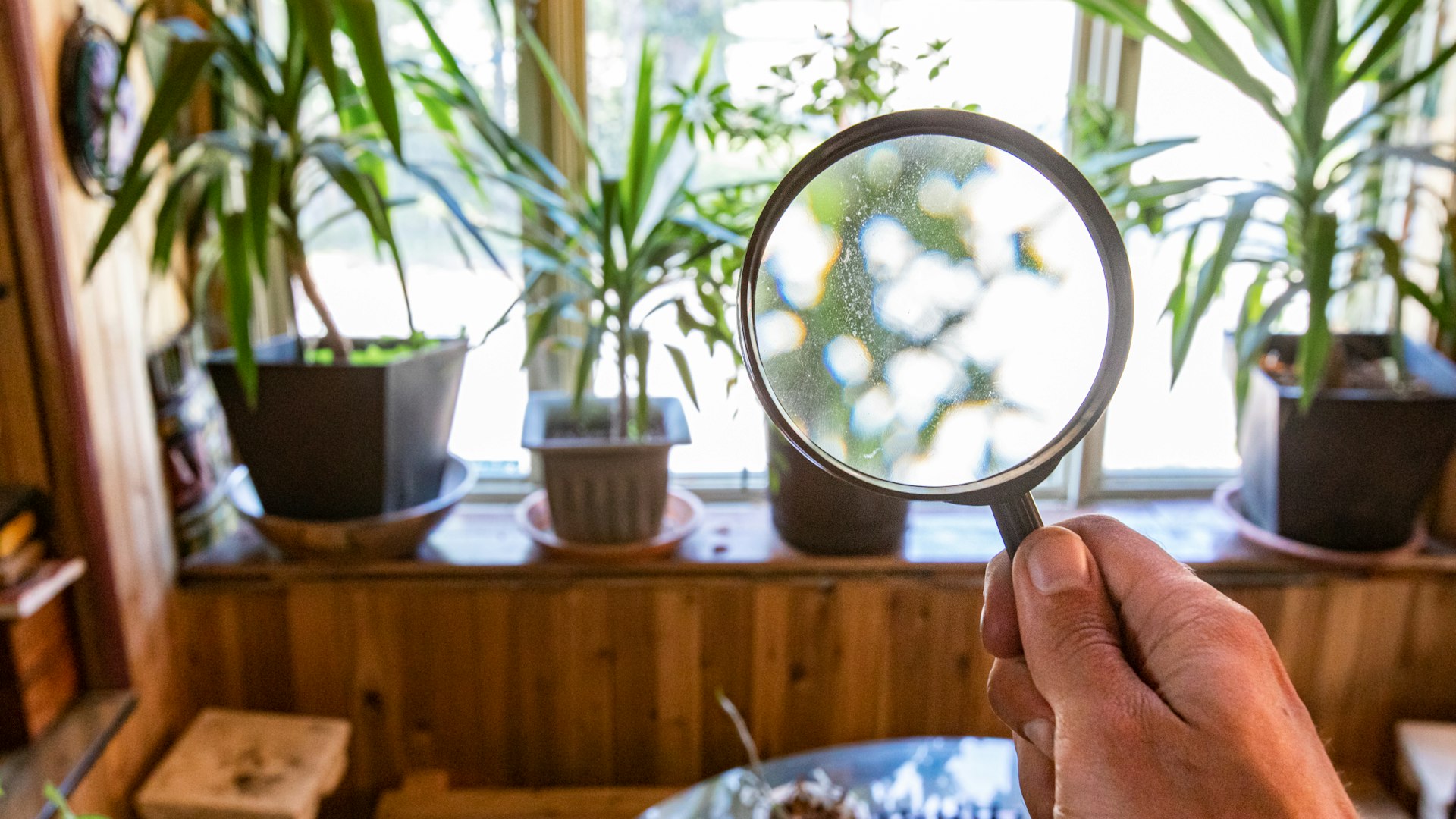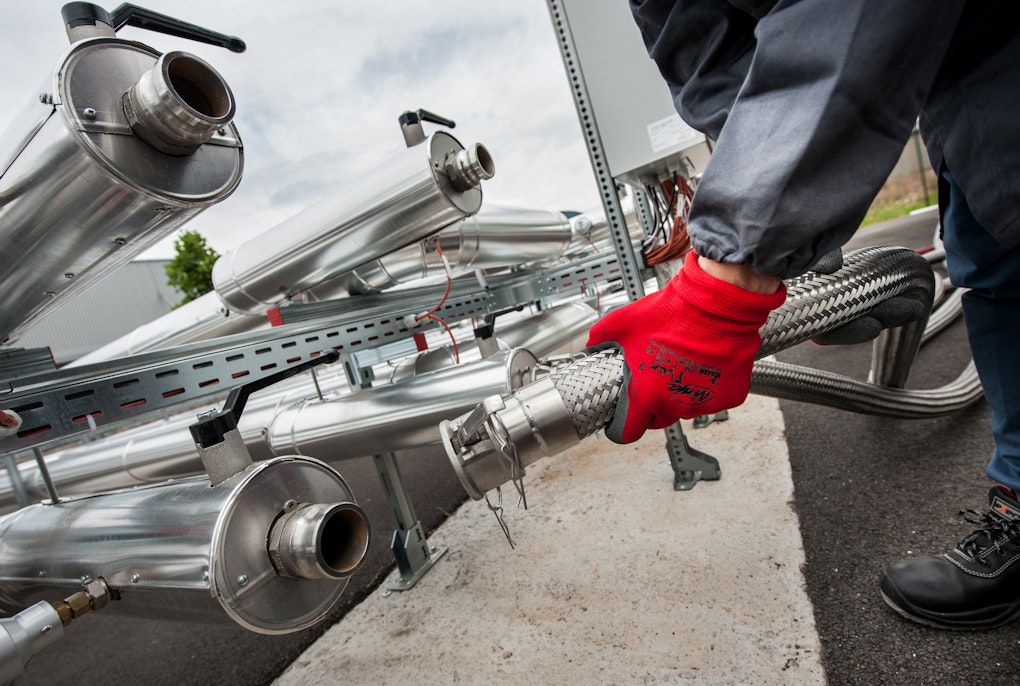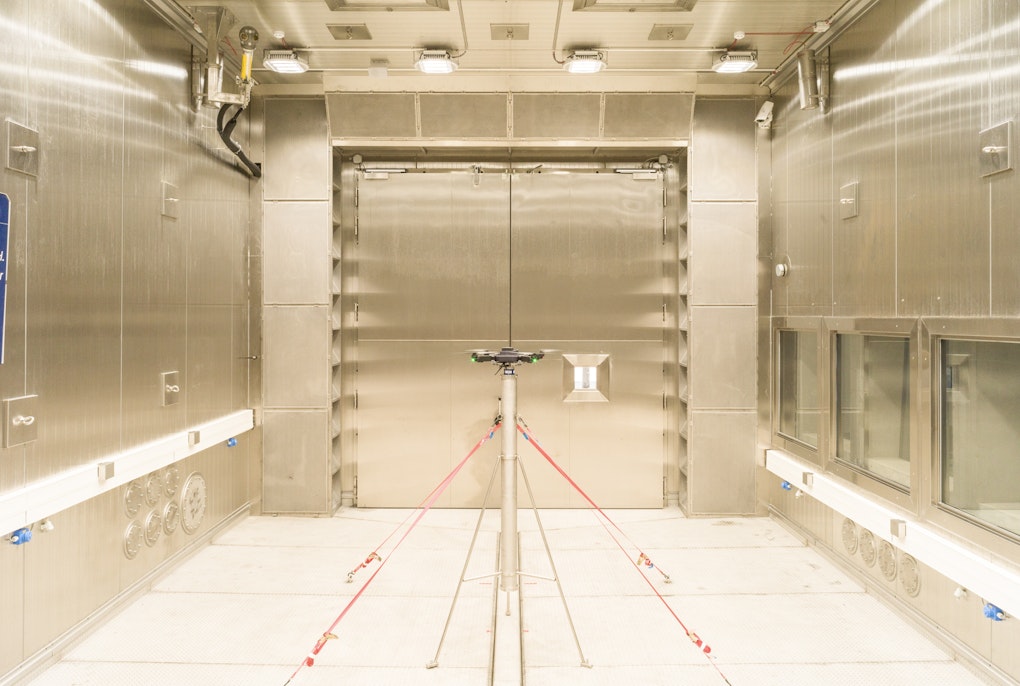magazine_ Article
Things you need to know about the air we breathe in our homes
How to monitor and improve it
The pandemic has taught us that good ventilation reduces the risk of infection from viruses and generally improves life in our homes. The question is how to scientifically assess indoor air quality and implement strategies to make houses healthier and more comfortable.
In more than two years of living with the pandemic, we've learned to air our homes more and have thought more than ever about what's in the air we breathe.
In truth, viruses are but one of the elements that can contaminate indoor air. But bacteria and other particles of natural origin such as pollen, dust or mold spores are also potential contaminants that can exist alongside the virus itself. In addition, there are particulates - tiny particles produced by human activities such as industry, traffic, various combustions, as well as so-called "volatile organic compounds" (often referred to as VOCs) - chemical substances that can come, for example, from paints or solvents, cleaning products, glues used in furniture and floors that can also play a role in reducing the quality of the air in our homes.
Last but not least, carbon dioxide (CO2) always naturally present in the outdoor air, is also produced by people when they breathe. And although rarely present in dangerous concentrations in homes, it is an easier-to-measure indicator of the concentration of other human bioeffluents, and thus used as a parameter to measure how good ventilation is in general.
According to the World Health Organization, Covid aside, 23 percent of deaths worldwide are related to spending prolonged amounts of time in unhealthy environments.
In most cases these substances do not have an immediate impact on health, but in the long run they can generate significant damage. According to the World Health Organization, Covid aside, 23 percent of deaths worldwide are linked to spending prolonged amounts of time in unhealthy environments.
Assessing the quality of the air in your home
One can purchase a CO2 monitor online for around 70 euros and for a couple of hundreds you can buy a multifunction device that, in addition to measuring CO2, measures other substances such as formaldehyde, a carcinogenic substance contained in products such as disinfectants, resins and glues. These instruments promise quick results and easy readings, but they could be misleading.
"Unfortunately, even if we bought many of these devices, interpreting the measured data is not trivial and it is advisable to have the support of experts," explains Francesco Babich, engineer and senior researcher at Eurac Research who deals with indoor environmental quality, i.e. the combination of indoor air quality, thermal, acoustic and visual comfort in buildings. "In fact, it's not enough to ensure the measured values stay within a certain threshold; you also have to consider several things including the set of pollutants and the context, and also know how these thresholds were set. Economic meters almost always report numerical thresholds but often don't explain how they were obtained. Why, for example, do they set 1000ppm or 1200ppm of CO2? Where did they get the parameters recommended in the instructions? Unfortunately, they almost never refer to standards such as EN16798 or similar, but unclear numbers".
One then has to consider not only the concentration of the pollutants, but also the exposure time.
For example, carbon monoxide (CO) is known for being very dangerous: just a few minutes of exposure, due to a malfunctioning stove for example, can potentially cause death. If, on the other hand, at night, in the bedroom, carbon dioxide rises even to twice the values indicated in the standards, it is still acceptable and does not involve risks in any way comparable to exposure to carbon monoxide. The reference standard in Italy and Europe (EN 16798-1) indicates, for example, four levels of air quality based on CO2: one is the best and two is the goal that should be met for residential buildings. However, the same standard adds that "a lower level will not pose any health risk but may decrease comfort".
"Indoor comfort is also a matter of subjective perception.”
Francesco Babich
"Finally, we should not forget that indoor comfort is also a matter of subjective perception," Babich points out. "It may be that there are no pollutants present in dangerous concentrations either in the short or long term, but that the air is still perceived as stale, perhaps because of odors or humidity that is too high or too low." And yet an American standard gives a clear definition of indoor air quality: according to the ASHRAE 62 standard, acceptable parameters lie in "air in which there are no known contaminants present at harmful concentrations as determined by competent authorities and with which a large majority of 80 percent or more, of exposed persons do not express dissatisfaction”.
 Table
TableThe seven most recurrent pollutants
The IEA-EBC Annex 68 document analyzed a large body of data collected between 2006 and 2016 in residential buildings in Europe and beyond and found the seven most recurrent pollutants are benzene, formaldehyde, PM2.5 and PM10 (particulates of different sizes), radon, trichlorethylene, carbon dioxide, TVOC (total volatile organic components). This table reveals their main source and potential effects on health.
Buying a purifier or opening the windows?
There are several options to improve the quality of the air we breathe indoors –unfortunately however there is no single go-to solution.
In general, the first thing is to try to remove the source, then work on ventilation – which can be mechanical, natural or mixed – to bring in clean air. Finally, you can consider the use of purifiers, which are many and varied.
In some cases, it is worth rethinking the way in which your furniture is arranged: if you suspect that a low-quality shelving unit could present a source of formaldehyde and you cannot replace it, the least you can do is place it somewhere not continuously exposed sunlight.
First of all, keep in mind that a specific purifier does not remove all air pollutants. It is therefore very important to know which pollutants present high concentrations and then choose the right purifier accordingly, also one must consider the size of the room.
Also keep in mind that some purifiers are mechanical and use high-efficiency particulate air (HEPA) filters for example while others use different solutions such as ionizers and ozone instead. In general, mechanical purifiers are preferable. Other types might lower the level of a certain pollutant, but at the same time generate new ones.
However, before even thinking about purifiers, there are some simple and valid actions that those who live in the house can undertake: avoid smoking indoors, turn on extractor hoods when cooking, ventilate the house properly if you have many guests for example, it is better to increase mechanical ventilation or open the windows a little more. And if possible, opt for low-emission furniture which are becoming increasingly available -some manufacturers now provide additional certifications that go beyond the minimum standard requirements. In some cases, it is also worth rethinking the way in which your furniture is arranged: if you suspect that a low-quality shelving unit could present a source of formaldehyde and you cannot replace it, the least you can do is place it somewhere not continuously exposed sunlight.
Other solutions concern the design of the house.
Although older homes often have air infiltrations that are a problem from an energy standpoint, they do tend to circulate more air. And though this can help dispose of pollutants generated inside, it is still not an optimal solution, because you have no control over infiltration, which can vary greatly. Newer homes are usually optimized to save energy and are therefore more airtight. This is where the motto "build tight, ventilate right" comes into play.
"Saving energy is essential, but it's not enough," explains Eurac Research’s Roberto Lollini, engineer and head of the Energy Efficient Building research group. "You have to feel good in your home, and for some time now, our research has been about combining these two dimensions."
Ongoing projects
New Air The general aim of the project, financed by the Autonomous Province of Bolzano through the ERDF Fund and coordinated by the Institute for Renewable Energy of Eurac Research, is to systemize companies and research institutions operating in the field of quality and the analysis of built environments in order to define new approaches and technologies that improve the health quality of indoor environments and their thermal comfort by reducing energy consumption. The project ends in 2022 and includes tests on windows and natural ventilation in the Façade System Interactions Lab. More information
QAES Starting with the monitoring of 12 school buildings in South Tyrol and Ticino (CH), the project, funded by the European Interreg Italy-Switzerland program, addressed the problem of delivering good air quality and indoor environments in school buildings. The project made it possible to develop new standards for improving the quality of air and indoor environments in schools, to evaluate technological solutions, implement simple self-evaluation tools and develop monitoring systems. More information




